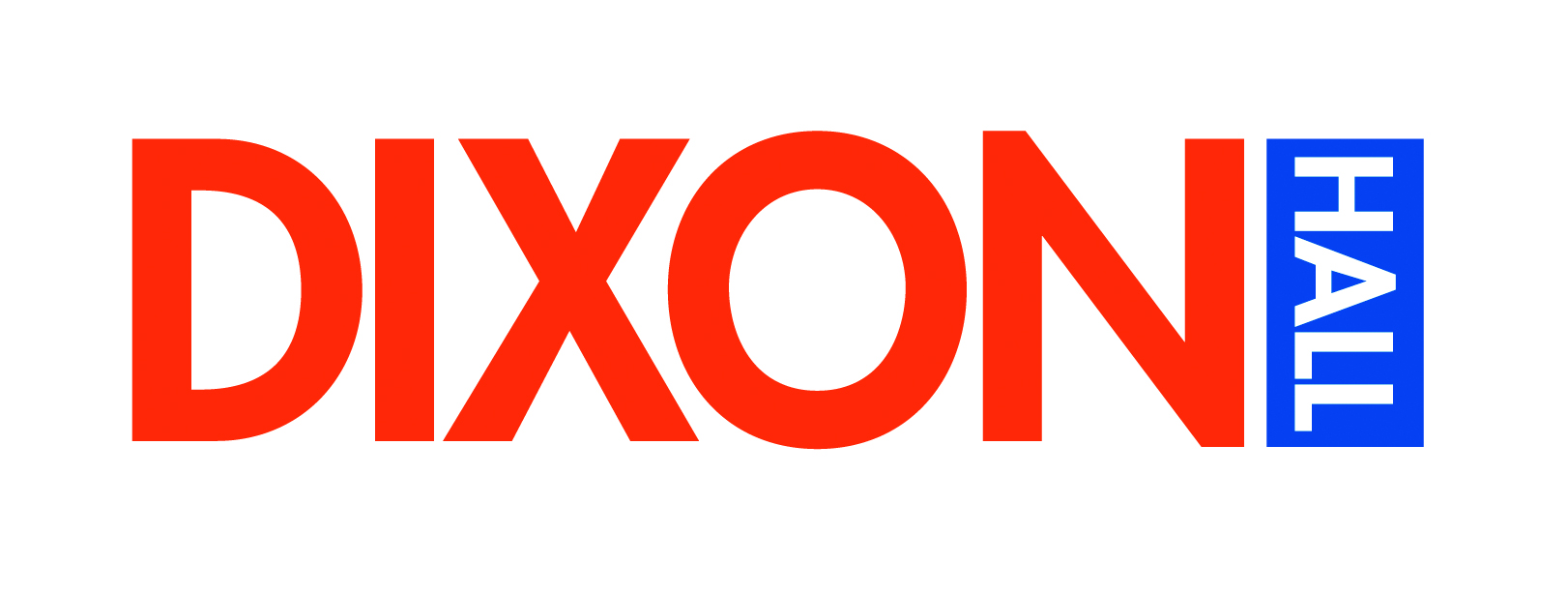
September 7, 2017
Harm Reduction: Working with Marginalized Populations to Minimize Risk and Encourage Healthy Change
Chris Snodgrass has been working in harm reduction at our Heyworth House shelter for 4 years now. As a harm reduction worker, Chris supports shelter residents who are actively using drugs or drinking alcohol to suggest techniques to reduce personal harm as a result of their usage.
In some instances, this means encouraging drug and alcohol users to try a lesser dose than what they have been taking; in others it means encouraging the use of a less harmful substance as a substitute. It can also mean being aware of who dealers in the community are and how many clients are purchasing from them in order to monitor any changes in supply. Monitoring changes in supply is important as drug potency may increase, or harmful additives may be added unknowingly to the user. Through harm reduction techniques, if alcohol and drug use are minimized, programs like detox and rehabilitation can soon follow. Dixon Hall has a number of partnerships with community organizations like The Works, PAID Project ID Clinic, and South Riverdale Community Centre, which connect Heyworth House residents to deeper levels of support.
Chris’s job is about “meeting people where they are.” In his experience, many clients are looking for someone to talk with, and whom they can vent to. These supportive dialogues make up a big portion of his day. He notes that everyone has a unique story and different life experiences that have led them to Heyworth House and homelessness. Often, what his clients need most is a safe place to talk along with sound, informed guidance. He spends time keeping up with new trends in the drug-using community – new ways people are using, and new terms that are being used. Staying current helps him engage more effectively with clients and offer thorough support plans.
It’s important to recognize that while there are numerous stereotypes about drug users, many of them are misconceptions. In Chris’ experience, many of the women and men at Heyworth House are dealing with concurrent disorders – both mental health and addiction, and are attempting to treat or cope with their mental health issues through substance use. Self-medication is often a way to deal with traumas they’ve faced in their lives. Empathy and a non-judgmental approach are crucial traits for harm reduction workers.
Success in harm reduction often looks different than in other areas of our work – for Chris, success can be seeing a client move out of Heyworth House and into their own housing, maintaining this housing and remaining independent enough to use within the safety of their own space. Ultimately, we strive to create a safe community in the shelter system, where residents know they can talk to staff openly and honestly about their use, without any judgment. From there, harm reduction workers can create plans in collaborations with housing workers that incorporate alternate use options and look towards current and available treatment options. Marginalized populations have long struggled with substance use and addictions, and our work is to provide support as safely and with as much compassion as possible in a dynamic and fast changing environment.


Post a comment
You must be logged in to post a comment.